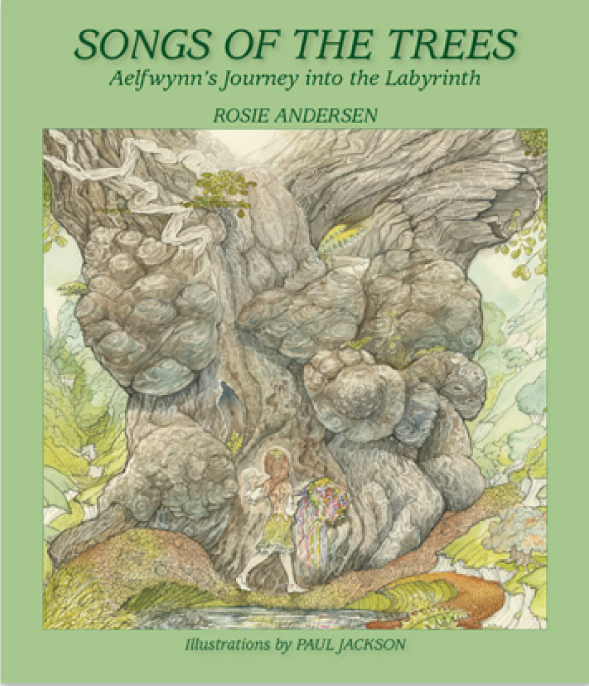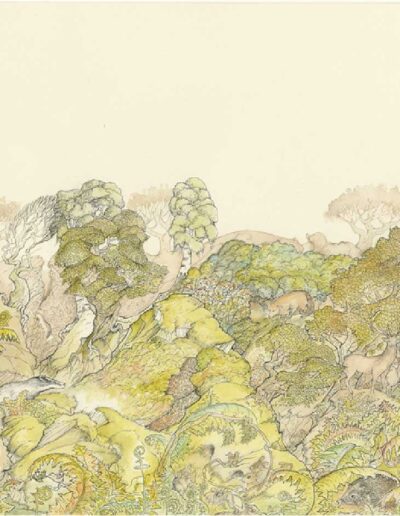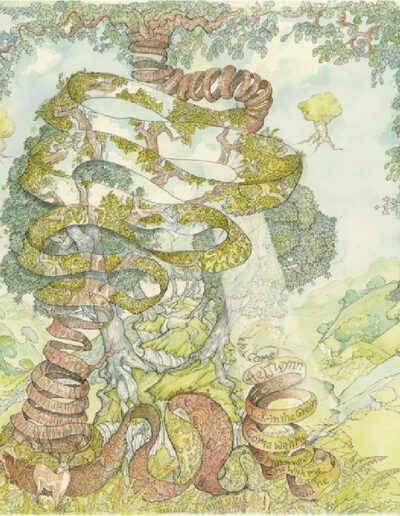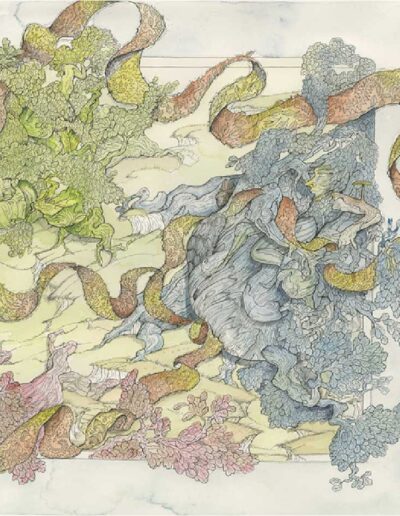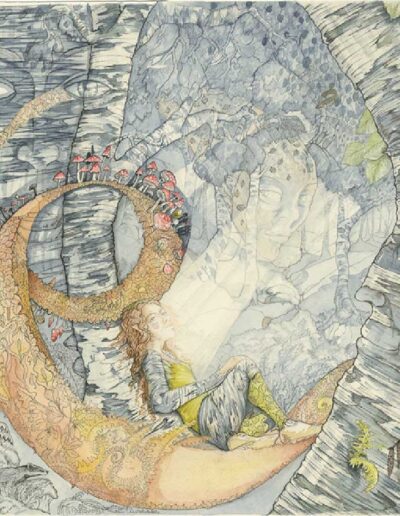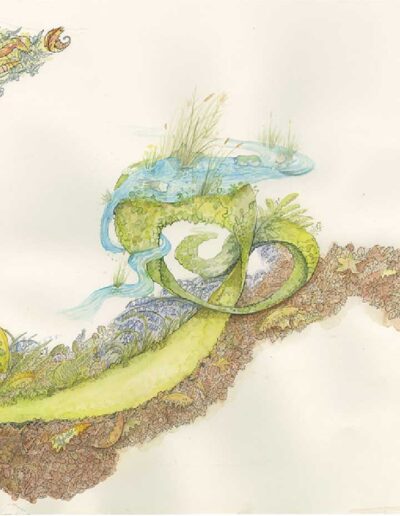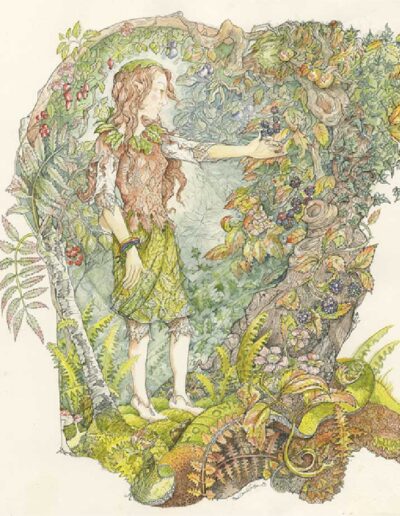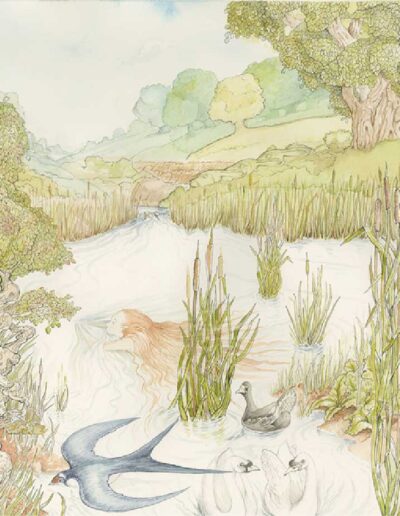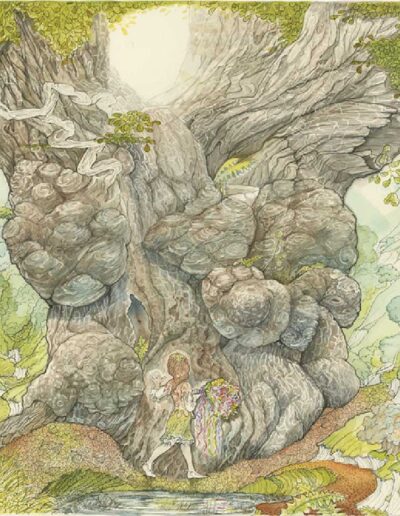Songs of the Trees
Songs of the Trees
Written by Rosie Andersen. Illustrated by Paul Jackson.
This is a tale for the seeker, the adventurer, the inquirer and the curious. At its simplest, it is a tale about walking amongst trees and in woods. In addition, it is about being aware of one’s surroundings and noticing the myriad happenings within nature, from the miniscule to the immense.
£17.99

